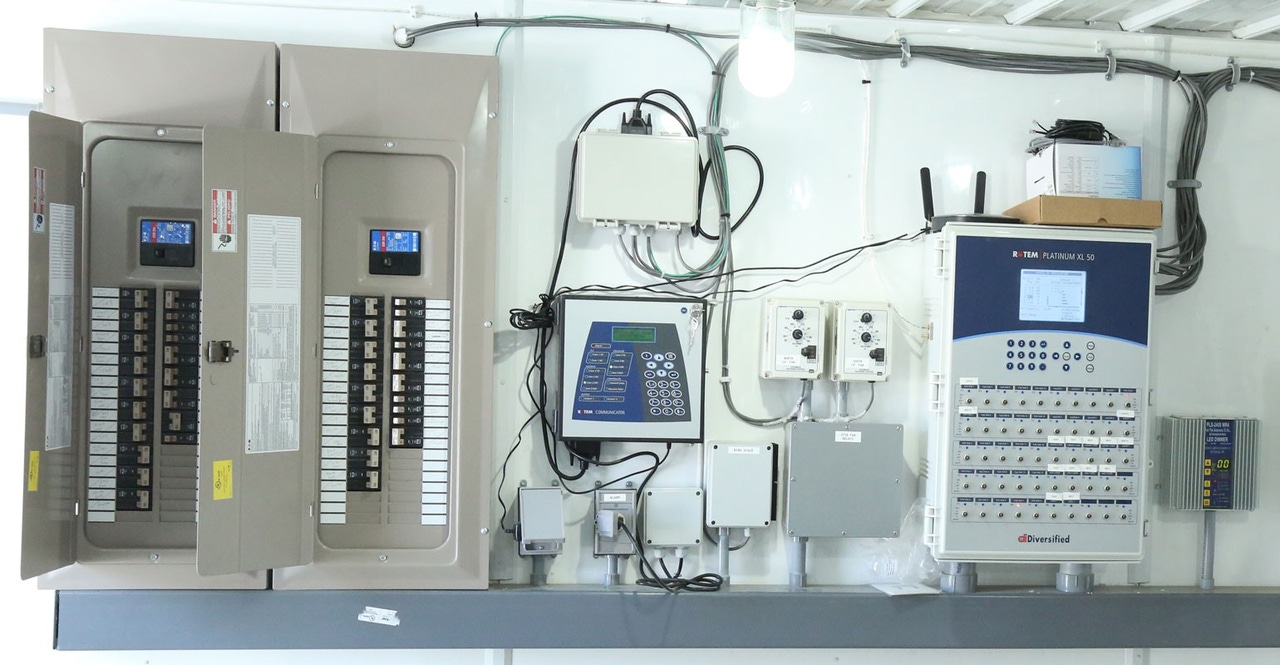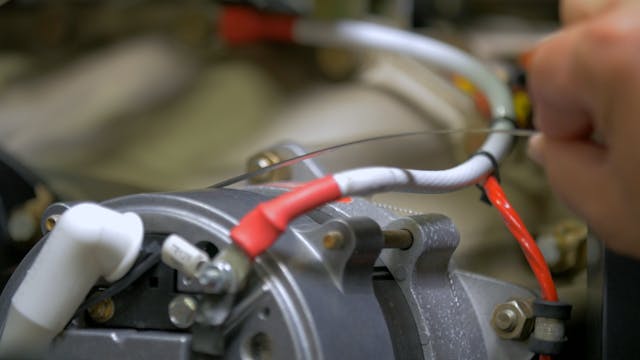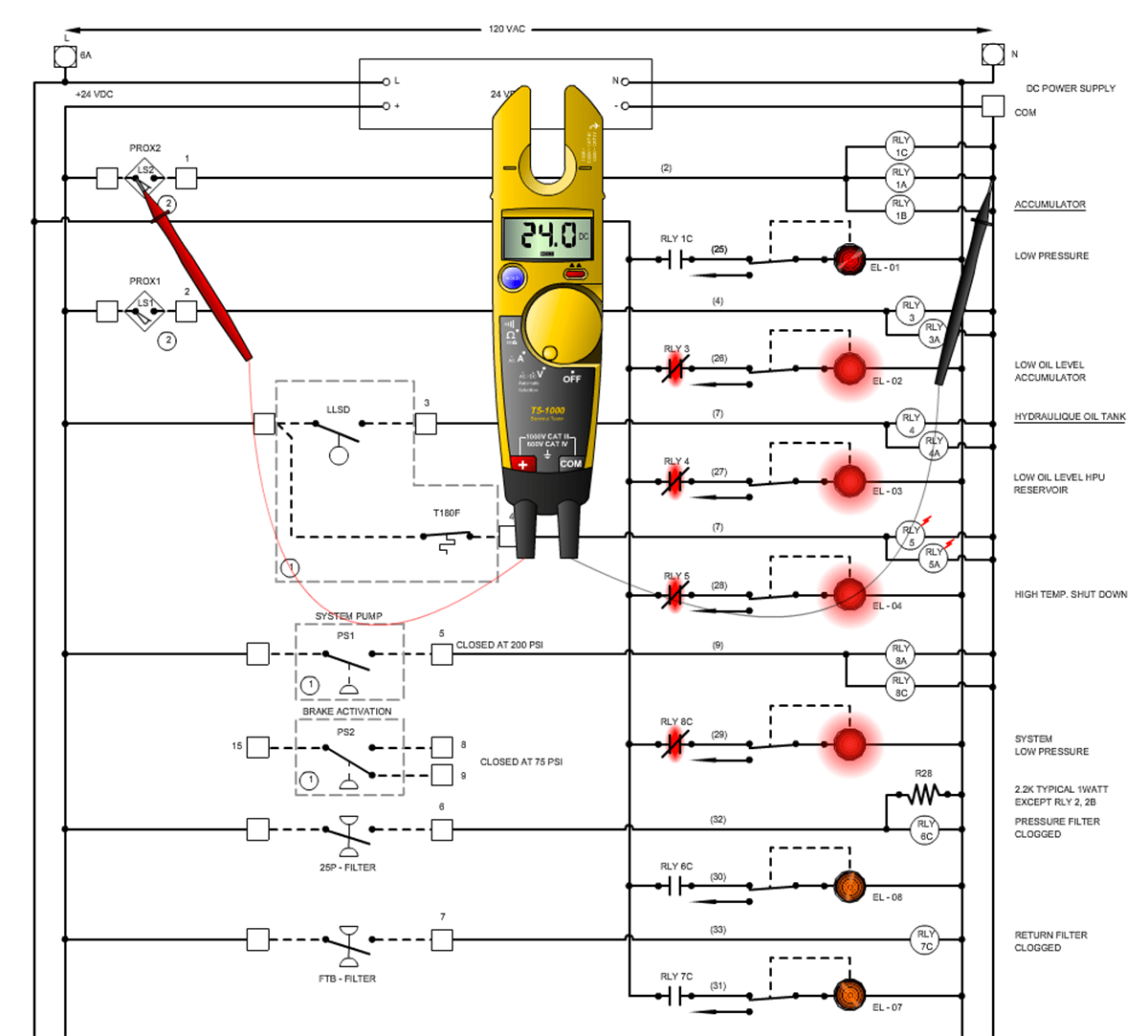Improve performance with specialized mechanical system optimisation support.
Improve performance with specialized mechanical system optimisation support.
Blog Article
Leading Tips for Effective Electrical System Troubleshooting
Repairing electric systems requires a methodical technique, based in a detailed understanding of electric principles and safety procedures. The subtleties of effective troubleshooting prolong past mere technological knowledge; understanding just how to document searchings for and focus on safety can substantially influence end results.
Understand the Fundamentals
Comprehending the essentials of electrical systems is vital for efficient troubleshooting, as a solid foundation permits service technicians to identify and deal with problems extra effectively. A detailed grasp of electrical concepts, such as voltage, present, resistance, and power, is important in identifying the origin of issues. Voltage is the electric prospective difference that drives existing with a circuit, while resistance opposes the circulation of current, affecting the general capability of the system.
Familiarity with circuit components, including resistors, capacitors, diodes, and switches over, is additionally paramount. Each component plays an unique duty in circuit habits and can influence performance when malfunctioning. Furthermore, understanding collection and parallel circuit configurations is essential, as these setups affect the circulation of voltage and present within the system.
Professionals must be conscious of prospective threats, such as shock and short circuits, to execute safe troubleshooting practices. By understanding these fundamental ideas, technicians improve their capacity to carry out reliable diagnostics and repair work, eventually leading to enhanced performance and dependability of electric systems (electrical system troubleshooting).
Gather Necessary Tools
Effective troubleshooting of electric systems calls for the ideal collection of tools to diagnose and deal with issues properly. Vital tools include a multimeter, which measures voltage, current, and resistance, enabling for specific evaluations of electric components.
Additionally, shielded hand tools such as screwdrivers, pliers, and wire strippers are crucial for securely controling electrical links. It is also a good idea to have a circuit tester handy to validate the existence of voltage in electrical outlets and wires. For even more facility systems, a thermal imaging video camera can assist spot overheating parts, showing possible failings.

Adhere To a Methodical Approach
Having actually collected the suitable tools, the next action in repairing electric systems is to follow a methodical strategy. A methodical method ensures that professionals can determine mistakes effectively and precisely, lessening downtime and avoiding unnecessary fixings.
Begin by reviewing the system's schematic layouts and specifications. This involves monitoring each component methodically, beginning from the power source and working towards the load.
Make use of testing equipment, such as multimeters and oscilloscopes, to gather unbiased data about voltage, existing, and resistance at different points within the system. This empirical proof will certainly guide your troubleshooting initiatives and aid to verify or get rid of prospective sources of failure.
In addition, consider ecological factors that may affect the system's efficiency, such as temperature level fluctuations or dampness ingress. An extensive inspection of circuitry, links, and elements will certainly make certain that all opportunities are accounted for.
Record Your Searchings For
Complete additional reading documents is vital in the repairing process of electric systems. This practice not only help in comprehending the origin cause of the problem however additionally offers as a referral for future repairing efforts.

Additionally, keeping a log of components changed or repair work performed is indispensable. This info supports supply management and can assist assess the long life and integrity of particular elements.
Eventually, the documents process ought to be thorough yet succinct, making it possible for simple access and review - electrical system troubleshooting. By focusing on comprehensive paperwork, professionals can develop a valuable knowledge base that not only aids in current troubleshooting but also equips future maintenance initiatives, therefore boosting general system dependability

Prioritize Safety And Security Procedures
Acknowledging the fundamental dangers related to electrical systems is critical for making sure safety throughout troubleshooting. Electric shock, burns, and equipment damage are just a few of the prospective risks that technicians encounter. Focusing on safety and security actions is not only a lawful obligation however also a moral my company necessary that safeguards both the technician and the surrounding environment.
Prior to starting any troubleshooting task, technicians ought to don proper individual safety equipment (PPE), including insulated gloves, safety and security glasses, their explanation and flame-resistant apparel. Making certain that the workspace is dry and without mess can substantially decrease the danger of crashes. It is necessary to de-energize circuits prior to starting any kind of job, validating that they are not live with the use of a multimeter or voltage tester.
Establishing clear interaction procedures with group members is additionally crucial; this guarantees that everyone recognizes prospective dangers and the status of the electric system being functioned on. Having an emergency action strategy in area can verify vital in the event of an occurrence. By prioritizing precaution, technicians can effectively alleviate risks and promote a much safer office.
Final Thought
Effective electric system fixing depends on a comprehensive understanding of basic principles and a methodical method. By collecting essential devices, sticking to systematic examination methods, and carefully documenting searchings for, the troubleshooting process ends up being much more effective and trustworthy. Focusing on precaution makes certain the health of individuals entailed and the integrity of the electrical system. Carrying out these strategies will certainly enhance the fixing experience, causing quicker resolutions and boosted operational efficiency in electrical systems.
Report this page